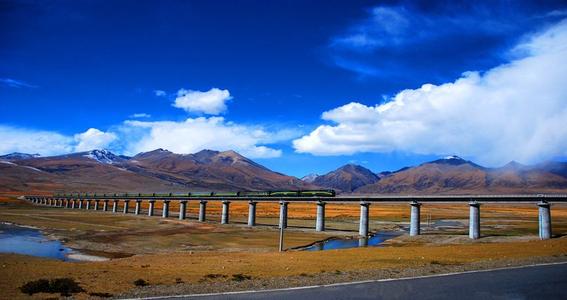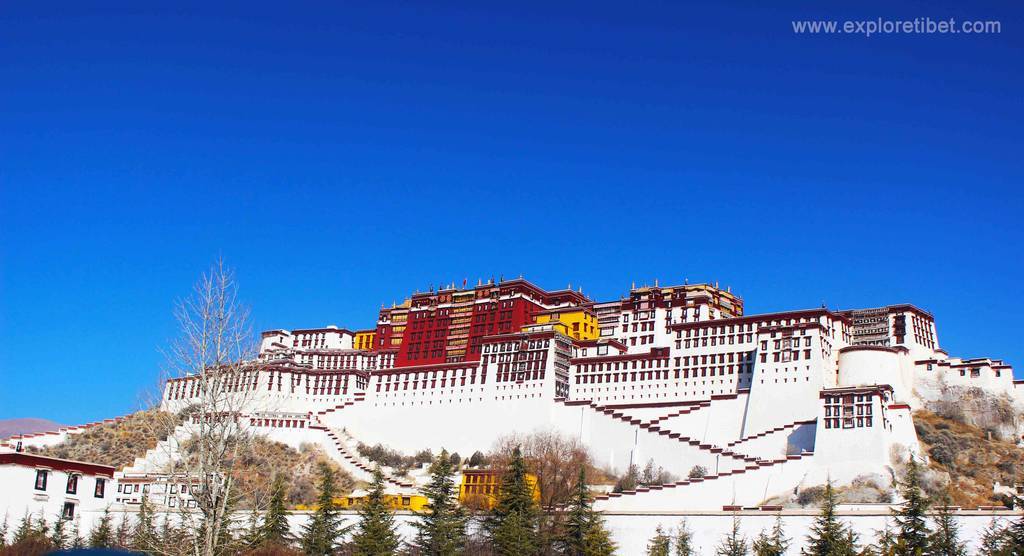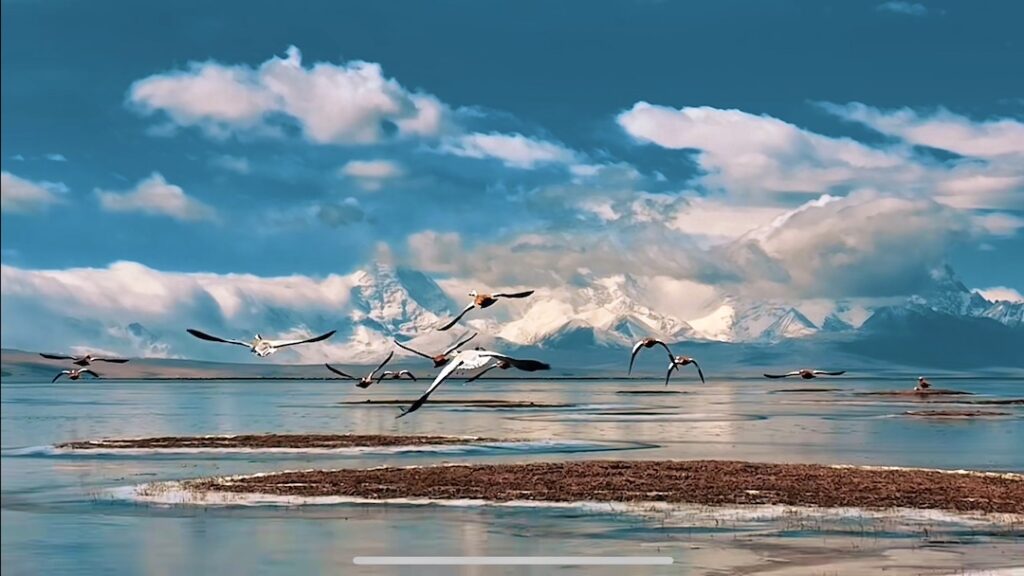Tibet, often referred to as the “Roof of the World,” is a land of breathtaking landscapes, ancient traditions, and spiritual enlightenment. Nestled high in the Himalayas, this mystical region offers a unique travel experience that is both awe-inspiring and transformative. One of the best ways to immerse yourself in the beauty of Tibet is through a train tour, which allows you to witness the stunning scenery while enjoying the comfort and convenience of modern transportation. In this blog post, we will take you on a virtual journey through Tibet, highlighting the key attractions and experiences you can expect on a train tour.

The Qinghai-Tibet Railway: A Marvel of Engineering
Your adventure begins as you board the Qinghai-Tibet Railway, an engineering marvel that stretches over 1,956 kilometers (1,215 miles) from Xining, China to Lhasa, Tibet. This railway, which is the highest in the world, offers an unforgettable journey through some of the most remote and picturesque landscapes on the planet. As the train chugs along, you’ll be treated to panoramic views of snow-capped mountains, vast grasslands, and crystal-clear lakes, creating a sense of wonder and tranquility.
Lhasa: The Heart and Soul of Tibet
After a scenic ride, the train arrives in Lhasa, the capital city of Tibet. Lhasa is a city steeped in history and spirituality, with its most iconic landmark being the Potala Palace. This magnificent palace, perched atop Marpo Ri Hill, is a UNESCO World Heritage site and was once the winter residence of the Dalai Lama. As you explore its grand halls, intricate murals, and sacred chapels, you’ll gain a deeper understanding of Tibetan Buddhism and its profound influence on the region.


Jokhang Temple: A Spiritual Haven
No visit to Lhasa is complete without a visit to the Jokhang Temple, the holiest site in Tibetan Buddhism. This sacred temple, built in the 7th century, is a place of pilgrimage for devout Buddhists from all over the world. As you step inside, you’ll be enveloped in a sense of serenity and devotion, as the aroma of incense fills the air and the sound of chanting monks reverberates through the halls. Take a moment to spin the prayer wheels and offer your own prayers for peace and enlightenment.
Namtso Lake: A Tranquil Oasis
Leaving Lhasa behind, the train journey continues to the enchanting Namtso Lake, one of the most beautiful lakes in Tibet. Surrounded by snow-capped mountains and vast grasslands, Namtso is a place of unparalleled natural beauty. Take a leisurely stroll along the lakeshore, breathe in the fresh mountain air, and marvel at the reflection of the clear blue sky on the shimmering waters. This serene oasis offers a perfect opportunity for meditation and self-reflection, allowing you to connect with nature and find inner peace.


Everest Base Camp: A Glimpse of the Roof of the World
As the train makes its way toward the border of Nepal, you’ll have the chance to catch a glimpse of the majestic Mount Everest, the highest peak in the world. The train passes through the town of Shigatse, where you can embark on a side trip to Everest Base Camp. Standing at the foot of this towering mountain, you’ll feel a sense of awe and humility, as you witness the sheer magnitude of nature’s power. This is a once-in-a-lifetime opportunity to witness the grandeur of Everest up close and personal.
Conclusion
A train tour through Tibet is a truly transformative experience that allows you to immerse yourself in the rich culture, spirituality, and natural beauty of this mystical land. From the awe-inspiring landscapes to the ancient temples and monasteries, every moment spent in Tibet is filled with wonder and enlightenment. So, if you’re seeking a journey that will touch your soul and leave a lasting impression, hop on board the Qinghai-Tibet Railway and embark on an unforgettable adventure through the heart of Tibet.

[…] planning your journey to Lhasa, consider the option of traveling by Tibet train if time is not a constraint. Traveling by train is a cost-effective and punctual alternative that […]